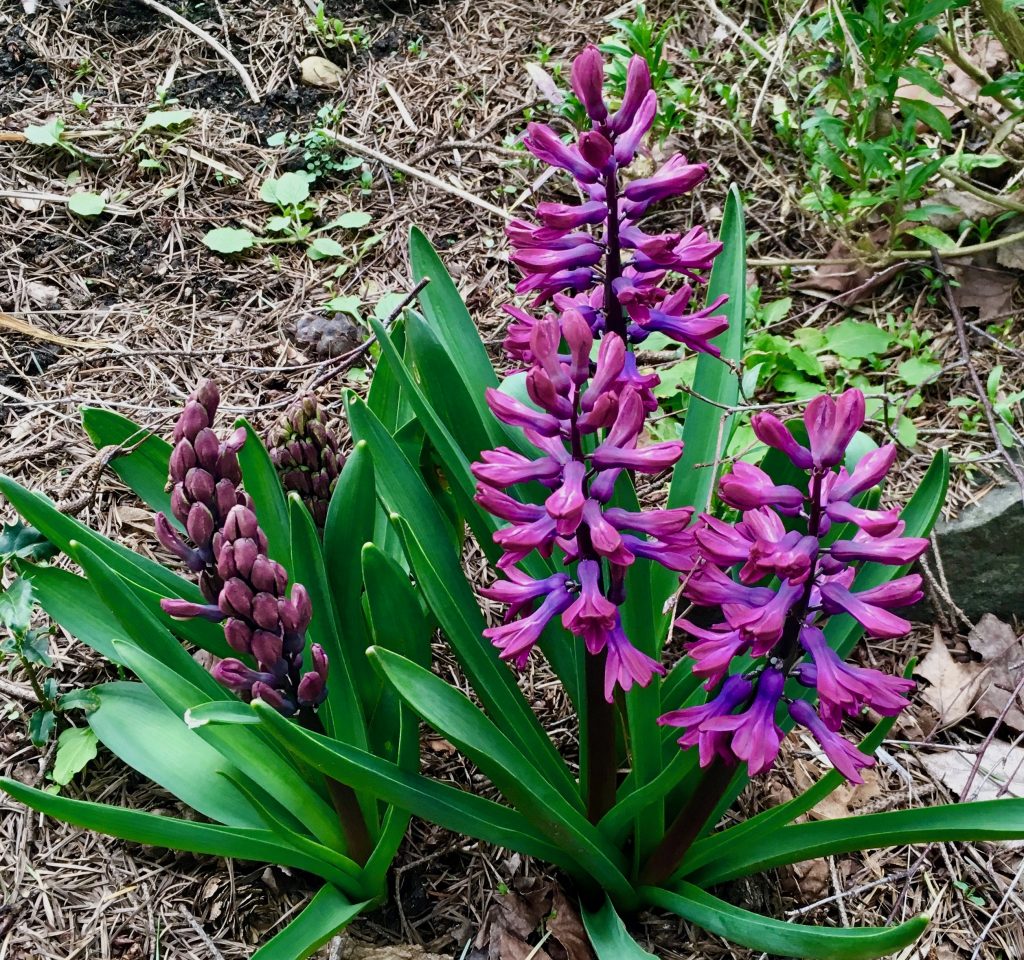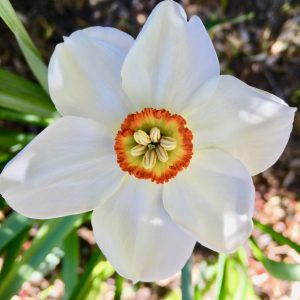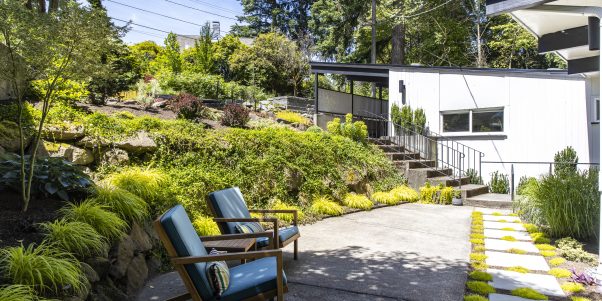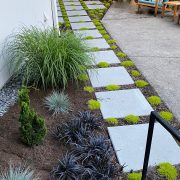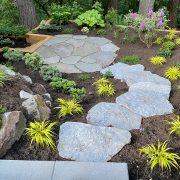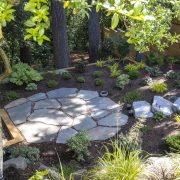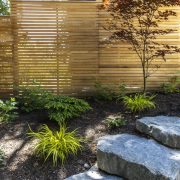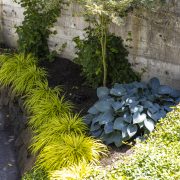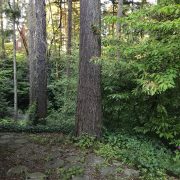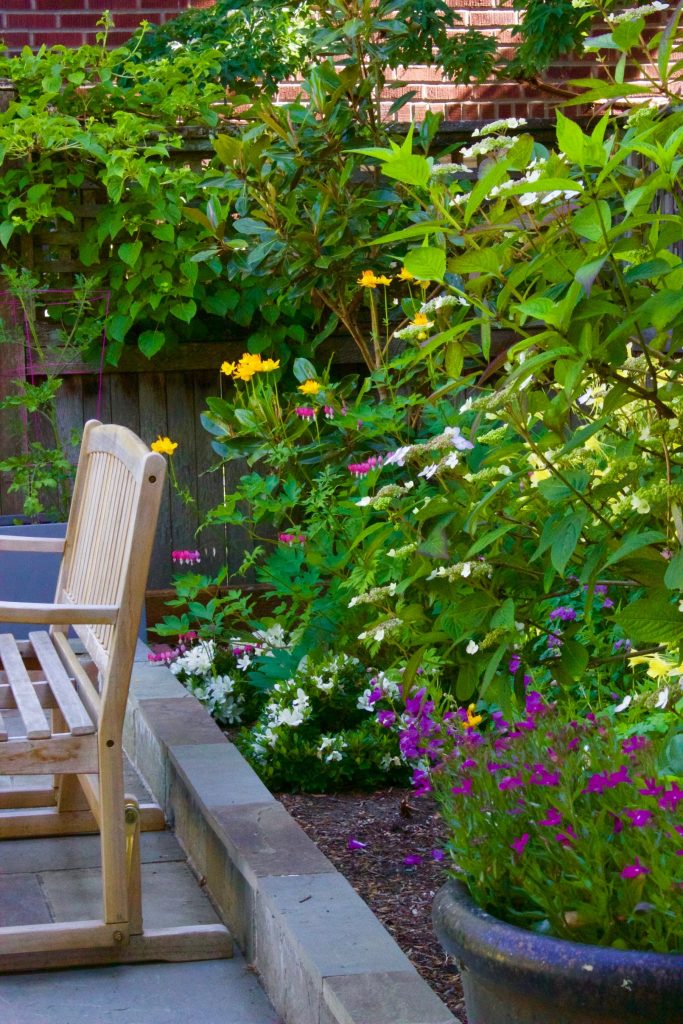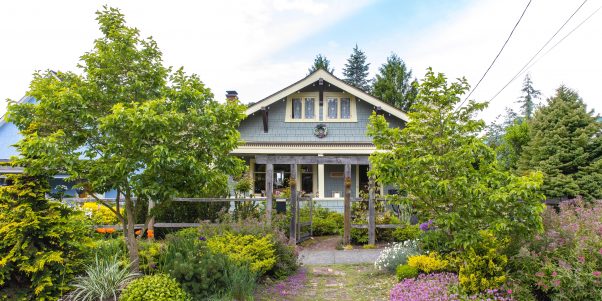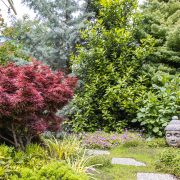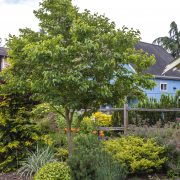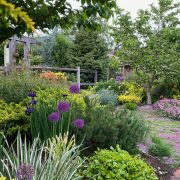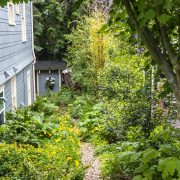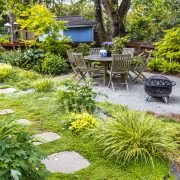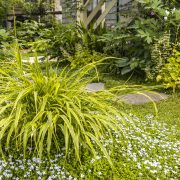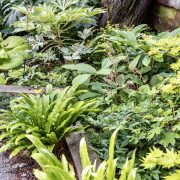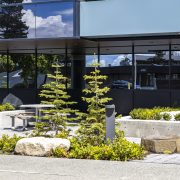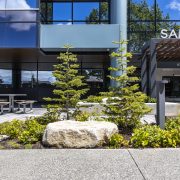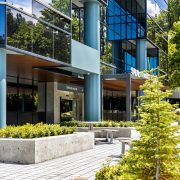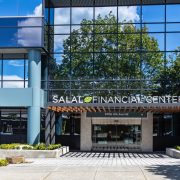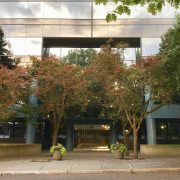It’s prime time for Pacific Northwest Gardens so almost everywhere one looks there is something blooming or succulent new foliage unfolding. If your garden isn’t in on the party, take note of what seems lacking and take pictures when you see plants that inspire you – they might just work in your landscape design. At trip to a nursery is a good way to to see what is in season, but buying plants without a plan will not necessarily result in a sustainable and cohesive long term plan. So a little restraint can go a long way if you are looking for lasting improvements in your garden (think: going to the grocery store on an empty stomach without a shopping list).
The concept of right plant, right place is popular for a reason – successful plant selection is based on consideration of numerous factors that result in plants that thrive and a garden that has interest throughout the seasons. If your garden needs a more comprehensive renovation or if you are planning a new one, before plant selection, come practical considerations like circulation, space planning and what features you require to suit your functional needs and aesthetic desires. These factors along with site conditions will inform plant selection (think: brains and beauty).
Here are some basics to consider once you are ready to select plants for your garden:
- Screening and privacy. Do you have the coverage you want when deciduous trees lose their leaves?
- Structure. Is there enough evergreen color and texture to add depth and create dormant season interest?
- Color. Do you have favored color palette? Are perennials and bulbs used to add seasonal color?
- Repetition. What plants provide continuity, create a rhythm and connect different parts of your garden.
If you’re looking for more ideas, please contact me for a design consultation to learn about landscape design or the best plants for any spot in your garden.

